Clothing is undeniably a highly lucrative niche on Amazon. Many world-famous brands harness the power of this e-commerce giant to showcase and sell their products, and for a good reason – Amazon offers a perfect platform to boost profits and elevate brand awareness when approached strategically.
However, successfully navigating the clothing market on Amazon requires more than simply listing a few items. To truly soar to new heights with your clothing business on this platform, you need a comprehensive strategy.
In this guide, we’ll provide you with essential tips and tricks to sell clothes effortlessly on Amazon while ensuring profitability.

Why Amazon?
There are several good reasons to sell clothes on Amazon.
First and foremost, Amazon is a highly popular e-commerce platform among thousands of millions of users worldwide. So, you have an excellent chance to increase your audience and elevate your brand awareness.
The second reason is safety. When you sell clothes on Amazon, you can be assured of a secure and reliable platform. Amazon has robust systems in place to protect both buyers and sellers, making it a trustworthy environment to conduct business.
Thirdly, selling clothes on Amazon grants you access to their vast logistics network. Fulfillment by Amazon (FBA) is an option where you can send your inventory to Amazon’s warehouses, and they handle the storage, packing, and shipping of your products to customers.
Lastly, Amazon provides valuable insights through its data analytics tools. You can track your sales performance, monitor customer behavior, and get a better understanding of market trends. Furthermore, to enhance your inventory selling success, consider leveraging powerful tools like M2E Analytics. This universal platform allows you to track your inventory performance in a native and seamless way. Within M2E Analytics, you can monitor the Top Selling and Top Canceled Products, enabling you to fine-tune your inventory prices. Additionally, you can harness geographic sales data to make strategic business decisions.
Where to Start
Decide what you wanna sell
T-shirts, trendy glasses, hand-made bags, and so on and so forth offer a bunch of options to choose from. However, the crux of the matter lies in identifying a high-demand niche. To achieve this, it’s advisable to delve into the Best Sellers section within the Amazon Marketplace, conduct meticulous keyword research, and thoroughly analyze customer reviews to understand your target audience’s needs and pinpoint the most relevant niche for your business.
Keep in mind that the type of inventory you decide to offer can significantly impact your future business model. So, be mindful of selecting products that align with your chosen niche and cater to the demands of your target audience.
Choose your business model
As we said earlier, your inventory type might influence your future business model. And here’s why: there are four basic models to choose from. Let’s have a look at all of them!
- Private Label: Private Label entails creating and establishing your own clothing brand, where you assume the role of the first-party seller on the platform. In this case, you’ll need to make a significant initial investment. Plus, you’ll be responsible for your brand awareness.
- Handmade Items: This model requires you to sell a one-of-a-kind clothing item instead of the bunch of multiple products of your brand line. In this scenario, you’ll be charged a flat percentage instead of monthly fees.
- Retail Arbitrage: With this approach, you’ll purchase approved clothing at discounted prices and then resell these items for a markup. Naturally, this business model requires a solid initial investment as well.
- Wholesale: The wholesale business model revolves around procuring clothing items in bulk directly from manufacturers or distributors at considerably reduced prices. However, one of the primary challenges associated with this model is the substantial initial investment required for purchasing inventory in bulk.
Develop your online presence
Once you’ve carefully chosen the products you intend to sell and selected the most suitable business model, the next step is to establish your Amazon clothing store. However, that’s just the beginning. Many newcomers who venture into clothing sales on Amazon often encounter challenges in efficiently managing their listings, especially if they deal with a large inventory.
To avoid such hurdles and optimize your business operations, it’s highly recommended to leverage specialized tools like the M2E Pro Amazon extension. By integrating your Magento system with Amazon through M2E Pro, you gain the advantage of automating your sales process and expanding your business on a global scale. M2E Pro offers seamless listing management, streamlined order handling, dynamic repricing capabilities, and support for the FBA program.
Empower your sales with M2E Pro and experience a more efficient and effective way of running your online clothing business.

Calculate prices
Setting the right prices for your products is crucial to ensure profitability and attract customers. Here are some essential steps to help you calculate prices effectively:
- Cost of Goods Sold (COGS): Begin by determining the cost of acquiring each product. This includes the wholesale price, shipping costs, any customs or import fees, and packaging expenses. Calculate the total cost for a single unit of the product.
- Overhead Costs: Factor in any overhead expenses related to your business operations. This might include website maintenance, marketing costs, storage fees, and other administrative expenses. Divide the total overhead costs by the number of units you expect to sell to get the overhead cost per unit.
- Desired Profit Margin: Decide on the profit margin you want to achieve for each sale. This margin will be the amount you add on top of the COGS and overhead costs to arrive at the final selling price. Ensure that your profit margin is competitive within your chosen niche and aligns with the market rates.
Plus, if you wanna save your time and effort but also ensure your prices remain consistently competitive, thus significantly boosting your prospects of securing the Buy Box position, consider utilizing the M2E Amazon Repricer tool – a powerful solution for your price adjustments.
Tips for Selling Clothes on Amazon
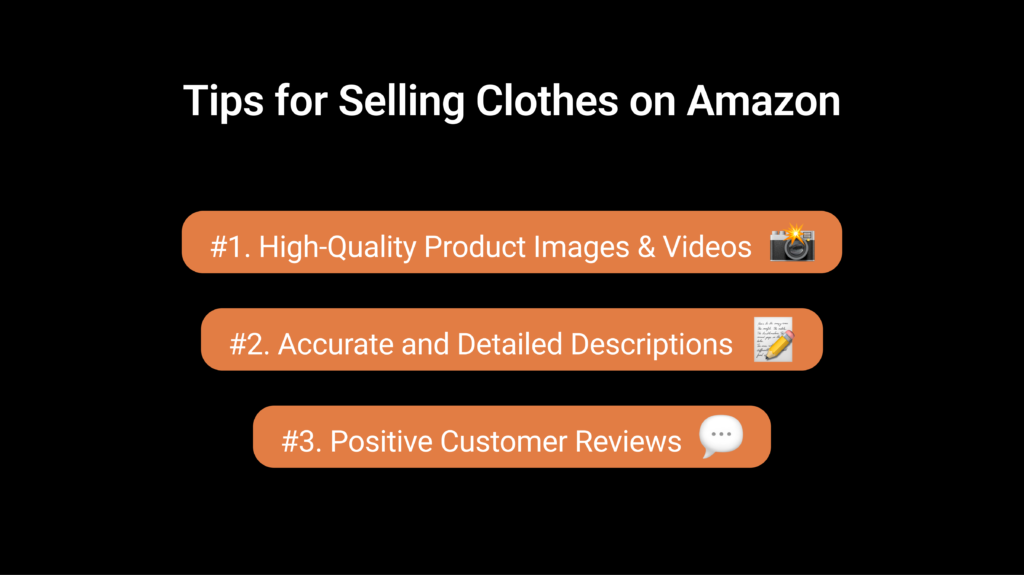
- High-Quality Product Images & Videos
One of the most important aspects of selling clothes on Amazon is to have high-quality product images and videos. Invest in professional photography or use a high-resolution camera to capture clear, well-lit images of your clothing items from multiple angles. Make photos featuring real people wearing the clothes, as it allows customers to see how the garments look and fit in real-life scenarios.
- Accurate and Detailed Descriptions
Provide thorough and accurate descriptions for each clothing item you list on Amazon. Include essential details such as fabric type, sizing information, colors available, care instructions, and any unique features. Clear and informative descriptions help customers make informed purchasing decisions and reduce the likelihood of returns due to mismatched expectations.
- Positive Customer Reviews
Positive feedback from satisfied customers can significantly boost your sales. Encourage buyers to leave reviews and feedback on their purchases by providing exceptional customer service, fast shipping, and high-quality products. Promptly address any customer inquiries or concerns to ensure a positive shopping experience. Positive reviews serve as social proof and can influence potential buyers to choose your clothing items over competitors.
Wrapping It Up
As you can see, selling clothes on Amazon can indeed be a challenging undertaking, demanding meticulous research and a keen understanding of market dynamics. To succeed in this competitive market, it’s crucial to make clear decisions about the products you want to offer, create the perfect business model, set up an appealing online clothing store, and carefully plan your pricing strategies.
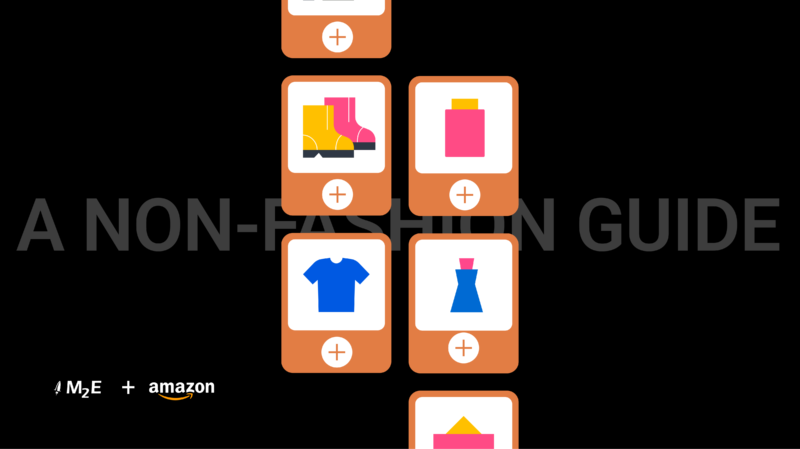
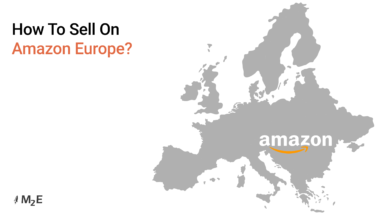
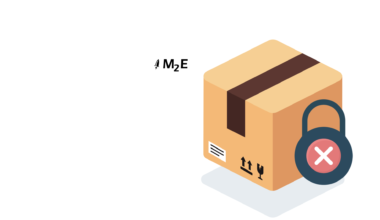
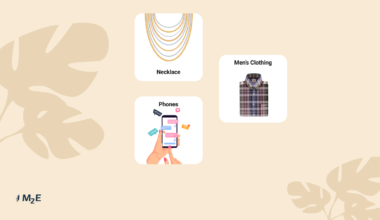


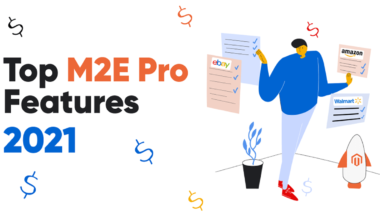
2 comments
This article is really inspiring. Basically, I’m happy with your excellent work. You included really encouraging information. Continue as you are.
Thank you for your positive feedback on our content!